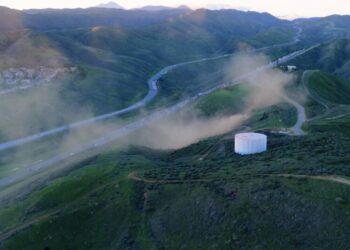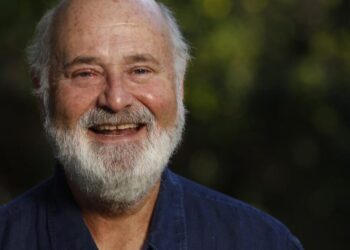CNN flags ‘really weird’ numbers as JD Vance races ahead in GOP 2028 field
Vice President JD Vance is already lapping the Republican field for 2028, and CNN data analyst Harry Enten says the...
‘Stranger Things’ Gets Review Bombed After Will Comes Out as Gay: ‘Woke Ruins Everything’
The audience score for “Stranger Things” Season 5 took a sharp downturn this week following the Dec. 25 release of...
Trump says he still might fire Powell as Fed chair pick looms
President Donald Trump teased that he has a preferred candidate to be the next chair of the Federal Reserve, but...
George Clooney and his family are now citizens of France. Good luck with that!
George Clooney, wife Amal Clooney and their 8-year-old twins are officially citizens of France, as of the day after Christmas....
False refugee study used by Dems to justify open borders — and massive spending
Even as massive fraud schemes are uncovered in Minnesota, orchestrated primarily by Somali refugees, Democrats are circling the wagons. Refugees...
‘You can’t escape’: Analyst melts down as MAGA grandma scammed by Trump allies
An analyst wrote on Monday that he was stunned to discover that his grandmother had been scammed by people impersonating...
Macaulay Culkin’s ‘quality of life’ improved after cutting ties with his father
Macaulay Culkin says his quality of life improved after he made the difficult decision to sever ties with his father....
Detectives look at divorce fight as possible motive in Imperial Valley farmer wife’s killing
Authorities on Monday released more details in their homicide investigation involving a powerful Imperial Valley farmer accused of killing his...
Trump DOJ official may have just broken the law during petty social media spat: expert
A key figure in President Donald Trump’s Justice Department may have just violated the First Amendment rights of a conservative...
Heavy rains likely triggered gas line rupture that shut down 5 Freeway for hours, expert says
As Southern California Gas Co. crews investigate a major pipeline rupture that triggered a shutdown of the 5 Freeway in...














